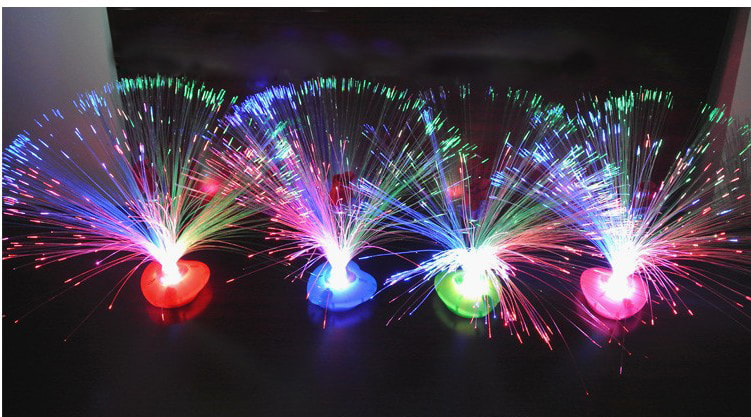English/Language Arts
Explore lead sentences - questions
Another Minute with a question for a lead - add this to the chart and start looking at the authors using them. Do your students notice a pattern?
Social Studies
Explore communication
Communication is a hallmark of human history, from petroglyphs and pictograms to the satellites and the internet. The history of telecommunication, or communicating over long distances, goes back to smoke signals and drums. Have students map the history of telecommunication devices and compare that to significant historical events. Can your students find a correlation?
STEM
Explore Codes and coding - Morse Code
Have your students explore the origin of Morse code and the potential reasons for its popularity. Discus the multiple methods of transmission - as a written code, an audible code, and in the case of the heliograph, as a visual code. Are there other codes that have similar properties? What uses does Morse code still have in the present day? Do you see Morse code as leading to other types of code? Have students provide evidence for their responses.
Explore the nature and properties of light
Use this Minute to explore optics. How does light behave? When we understand the way it behaves, how does that open up the possibilities for using it? How can we experiment and test the behaviors of light? Is light a more efficient way to send information? Why or why not? What other options are available?
Explore experiment design
Author Cobb sets up an experiment to test the properties of light. Can your students come up with other ideas to test the same properties?
Explore optical fiber communication
This Minute introduces the science behind optical fiber and its use for rapid and efficient communication of information. Is light a more efficient way to send information? Why or why not? What other options are available? What are the advantages and disadvantages of light as a communication tool? Practice critical thinking before you unleash them on the web
Art
Explore the use of light in art
Light is an important element of all kinds of art. The photo at the end of the article shows fiber optics being used as art instead of communication components - though it could be argued that the optic lights are certainly communicating something to the viewer! Explore the possibilities of light in and around art.
Research Skills
Explore online video
It is not always possible to try out experiments in the classroom due to location, material or budget issues. Videos offer an alternative. Consider having your students search for videos that demonstrate the properties of light, like this one from an exhibit at San Francisco’s Exploratorium. Do a YouTube search for experiments with light and reap the benefits of visual demonstrations of the principle you teach.
Explore lead sentences - questions
Another Minute with a question for a lead - add this to the chart and start looking at the authors using them. Do your students notice a pattern?
Social Studies
Explore communication
Communication is a hallmark of human history, from petroglyphs and pictograms to the satellites and the internet. The history of telecommunication, or communicating over long distances, goes back to smoke signals and drums. Have students map the history of telecommunication devices and compare that to significant historical events. Can your students find a correlation?
STEM
Explore Codes and coding - Morse Code
Have your students explore the origin of Morse code and the potential reasons for its popularity. Discus the multiple methods of transmission - as a written code, an audible code, and in the case of the heliograph, as a visual code. Are there other codes that have similar properties? What uses does Morse code still have in the present day? Do you see Morse code as leading to other types of code? Have students provide evidence for their responses.
Explore the nature and properties of light
Use this Minute to explore optics. How does light behave? When we understand the way it behaves, how does that open up the possibilities for using it? How can we experiment and test the behaviors of light? Is light a more efficient way to send information? Why or why not? What other options are available?
Explore experiment design
Author Cobb sets up an experiment to test the properties of light. Can your students come up with other ideas to test the same properties?
Explore optical fiber communication
This Minute introduces the science behind optical fiber and its use for rapid and efficient communication of information. Is light a more efficient way to send information? Why or why not? What other options are available? What are the advantages and disadvantages of light as a communication tool? Practice critical thinking before you unleash them on the web
Art
Explore the use of light in art
Light is an important element of all kinds of art. The photo at the end of the article shows fiber optics being used as art instead of communication components - though it could be argued that the optic lights are certainly communicating something to the viewer! Explore the possibilities of light in and around art.
Research Skills
Explore online video
It is not always possible to try out experiments in the classroom due to location, material or budget issues. Videos offer an alternative. Consider having your students search for videos that demonstrate the properties of light, like this one from an exhibit at San Francisco’s Exploratorium. Do a YouTube search for experiments with light and reap the benefits of visual demonstrations of the principle you teach.
© Karen Sterling, 2017 - May be used for educational purposes without written permission



